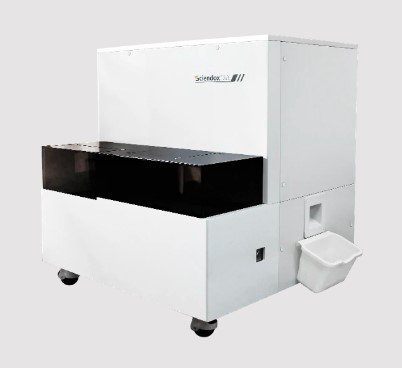Understanding the Typical Turnaround Time for Receiving a Prototype of Phlebotomy Supplies in the United States
Summary
- Understanding the typical turnaround time for receiving a prototype of phlebotomy supplies is crucial for efficient production planning.
- The prototyping process involves designing, testing, and refining the product before mass production, which can take several weeks to months.
- Collaboration between medical labs, manufacturers, and suppliers is essential to meet deadlines and ensure the quality of phlebotomy supplies.
Introduction
Phlebotomy supplies play a vital role in the healthcare industry, enabling medical professionals to collect blood samples for diagnostic testing. From needles and tubes to collection trays and bandages, these supplies need to meet strict Quality Standards to ensure accurate and reliable Test Results. Before full-scale production begins, manufacturers typically create prototypes to test the design and functionality of the product. In this article, we will explore the typical turnaround time for receiving a prototype of phlebotomy supplies before mass production in the United States.
The Prototyping Process
Prototyping is an essential step in the manufacturing process, allowing designers and engineers to evaluate the performance and usability of a product before investing in full-scale production. The prototyping process typically involves the following steps:
Design
- Developing a prototype design based on the specifications provided by the client or engineering team.
- Creating detailed drawings and 3D models to visualize the product and identify any potential issues.
Testing
- Building a physical prototype using materials that closely resemble the final product.
- Conducting rigorous testing to evaluate the product's strength, durability, and functionality.
Refinement
- Gathering feedback from stakeholders, including end-users, engineers, and Quality Control teams.
- Making necessary adjustments to the design to improve performance and meet the required specifications.
Factors Affecting Turnaround Time
The time it takes to receive a prototype of phlebotomy supplies can vary depending on several factors, including:
Complexity of the Design
Highly intricate or specialized designs may require additional time for prototyping and testing to ensure the product meets the desired specifications.
Materials and Manufacturing Techniques
The availability of materials and the chosen manufacturing processes can impact the production timeline. Some materials may have longer lead times or require specialized equipment for fabrication.
Collaboration and Communication
Effective communication between medical labs, manufacturers, and suppliers is essential for a smooth prototyping process. Misunderstandings or delays in feedback can prolong the turnaround time.
Regulatory Compliance
Compliance with industry Regulations and Quality Standards may add time to the prototyping process as additional testing and documentation are required to ensure product safety and effectiveness.
Typical Turnaround Time
On average, the turnaround time for receiving a prototype of phlebotomy supplies before full-scale production in the United States can range from several weeks to several months. The following timeline provides a general estimation of the prototyping process:
Design Phase (1-2 weeks)
- Initial consultation and project assessment to gather requirements and specifications.
- Development of concept sketches, 3D models, and technical drawings.
Prototype Development (4-6 weeks)
- Selection of materials and manufacturing techniques for the prototype.
- Building the physical prototype and conducting initial testing and evaluation.
Testing and Refinement (2-4 weeks)
- Field testing the prototype in real-world scenarios to identify any design flaws or performance issues.
- Iterative refinement of the prototype based on feedback from stakeholders.
Final Approval and Production Preparation (1-2 weeks)
- Final review and approval of the prototype design for mass production.
- Preparation of production documentation, tooling, and Quality Control processes.
Conclusion
Efficient prototyping is crucial for the successful development of phlebotomy supplies, ensuring that the products meet the highest Quality Standards and perform effectively in clinical settings. By understanding the typical turnaround time for receiving a prototype before mass production, medical labs and manufacturers can optimize their production timelines and deliver innovative products to the healthcare industry.

Disclaimer: The content provided on this blog is for informational purposes only, reflecting the personal opinions and insights of the author(s) on the topics. The information provided should not be used for diagnosing or treating a health problem or disease, and those seeking personal medical advice should consult with a licensed physician. Always seek the advice of your doctor or other qualified health provider regarding a medical condition. Never disregard professional medical advice or delay in seeking it because of something you have read on this website. If you think you may have a medical emergency, call 911 or go to the nearest emergency room immediately. No physician-patient relationship is created by this web site or its use. No contributors to this web site make any representations, express or implied, with respect to the information provided herein or to its use. While we strive to share accurate and up-to-date information, we cannot guarantee the completeness, reliability, or accuracy of the content. The blog may also include links to external websites and resources for the convenience of our readers. Please note that linking to other sites does not imply endorsement of their content, practices, or services by us. Readers should use their discretion and judgment while exploring any external links and resources mentioned on this blog.
